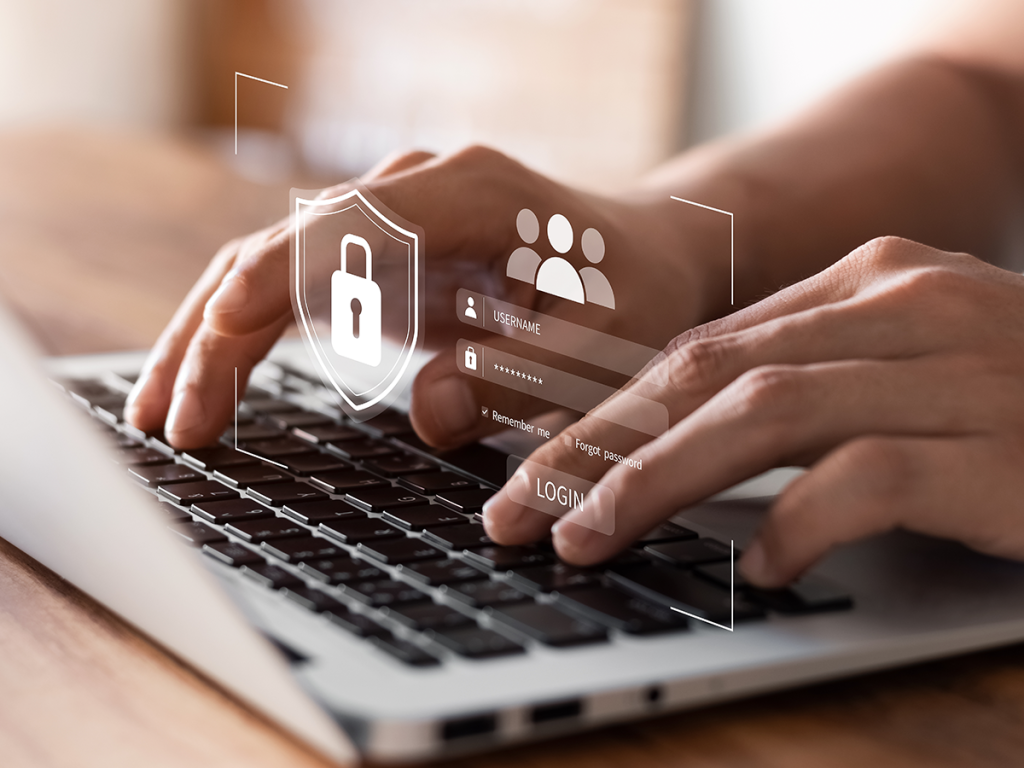In today’s digital age, protecting your online identity has become more important than ever. With the increasing number of cyber threats and data breaches, it is crucial to take proactive measures to safeguard your personal information and prevent identity theft. From securing your accounts to being mindful of what you share online, here are five ways to protect your online identity.
1. Use strong, unique passwords for each account
One of the simplest yet most effective ways to protect your online identity is to use strong, unique passwords for each of your accounts. Avoid using easy-to-guess passwords such as “123456” or “password,” as these can be easily cracked by cybercriminals. Instead, create complex passwords that include a mix of letters, numbers, and special characters. Additionally, it is important to use a different password for each account to prevent hackers from gaining access to multiple accounts if one is compromised.
Consider using a password manager to securely store and manage all your passwords. Password managers can generate strong passwords, store them in an encrypted vault, and auto-fill them when you log in to your accounts. This eliminates the need to remember multiple complex passwords and reduces the risk of using weak or repeated passwords.
2. Enable two-factor authentication
Two-factor authentication (2FA) adds an extra layer of security to your accounts by requiring a second form of verification in addition to your password. This could be a code sent to your phone or email, a biometric scan, or a hardware token. By enabling 2FA on your accounts, even if your password is compromised, a hacker would still need access to your second form of verification to gain entry.
Most websites and online services offer two-factor authentication as an option in their security settings. Take advantage of this feature to protect your sensitive information and prevent unauthorized access to your accounts. Remember to keep your 2FA methods secure and not share them with anyone to maintain the integrity of this security measure.
3. Be cautious of phishing scams
Phishing scams are a common tactic used by cybercriminals to trick individuals into revealing their personal information, such as passwords, credit card details, or social security numbers. These scams often involve fraudulent emails, messages, or websites that impersonate legitimate organizations or individuals and lure victims into disclosing their sensitive data.
To protect your online identity from phishing attacks, be wary of unsolicited emails or messages that request personal information or urge you to click on suspicious links. Verify the authenticity of the sender before responding to any requests for sensitive information. Look out for spelling errors, unfamiliar email addresses, and requests for urgent action, as these are common signs of a phishing attempt.
4. Limit the information you share online
In the age of social media and online networking, it can be tempting to share personal details about your life with friends, family, and followers. However, oversharing can put your online identity at risk and make you more vulnerable to identity theft. Avoid posting sensitive information such as your full name, address, phone number, birthdate, or financial details on public platforms where it can be accessed by potential hackers.
Review your privacy settings on social media accounts and adjust them to limit who can view your posts and personal information. Be mindful of the information you share online and consider the potential consequences before posting anything that could compromise your online security. Remember that once information is shared online, it can be difficult to retract or control who has access to it.
5. Monitor your accounts and credit reports regularly
Regularly monitoring your accounts and credit reports is essential for detecting any suspicious activity or unauthorized transactions that could indicate identity theft. Keep a close eye on your bank statements, credit card transactions, and online accounts for any unfamiliar charges, logins, or changes to your personal information. Report any discrepancies immediately to your financial institution or service provider to prevent further damage.
Obtain a free credit report from each of the major credit bureaus (Equifax, Experian, TransUnion) annually to review your credit history and check for any inaccuracies or fraudulent activity. Monitoring your credit score can help you detect identity theft early and take appropriate action to mitigate the impact on your financial health. Consider signing up for credit monitoring services or identity theft protection programs for added security and peace of mind.
In conclusion, protecting your online identity is a critical step in safeguarding your personal information and preventing identity theft. By following these five ways to protect your online identity, you can minimize the risk of falling victim to cyber threats and maintain control over your digital presence. Stay vigilant, stay informed, and stay secure in the digital world.

